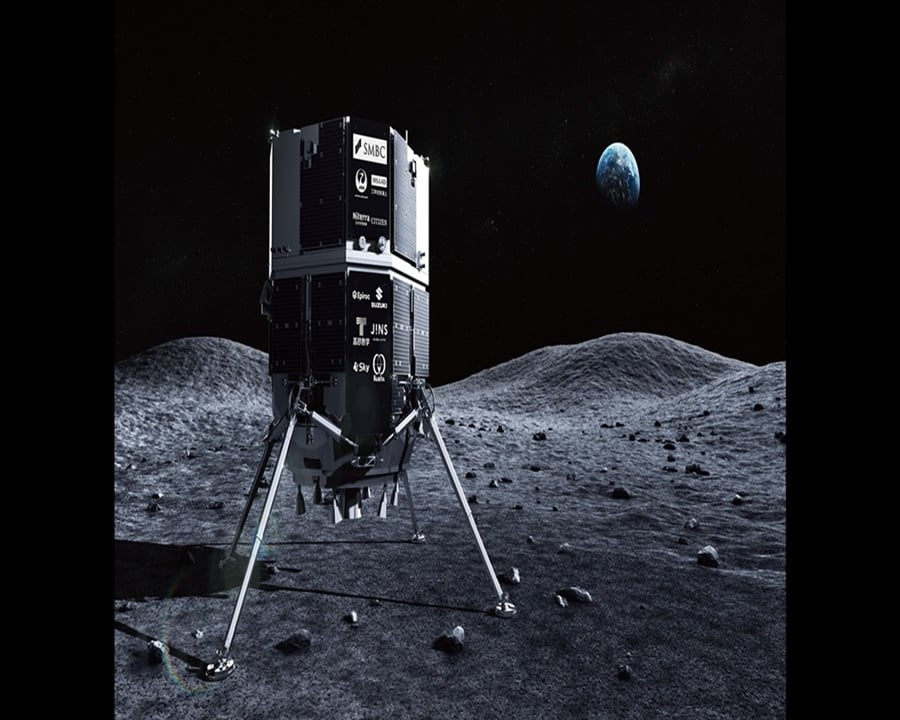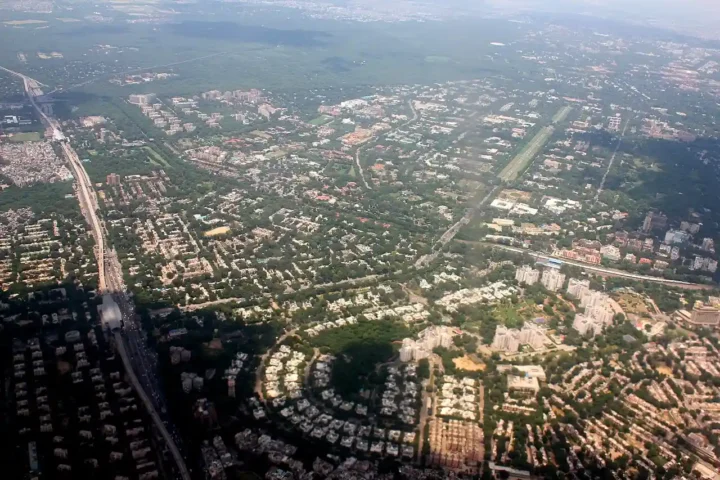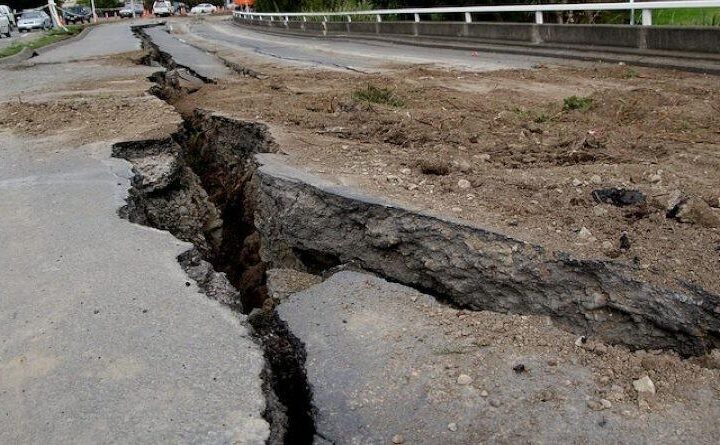Japan’s private space company ispace has confirmed its “Resilience” spacecraft crashed during a Moon landing attempt on June 6, 2025. The spacecraft lost contact with Earth less than two minutes before it was supposed to land in the Moon’s Mare Frigoris (Sea of Cold) region. This marks ispace’s second failed Moon landing in two years.
The Tokyo-based company announced the mission failure hours after losing contact with the lander. “Mission controllers have determined that it is unlikely that communication with the lander will be restored,” ispace stated on social media.
Early analysis shows a technical problem caused the crash. The laser system that measures height above the Moon’s surface didn’t work correctly, making the spacecraft come down too fast. This resulted in what the company called a “hard landing” – essentially a crash.
Similar Posts
The landing started well. Engineers at Tokyo’s Mission Control Center sent commands to start the landing at 3:13 am local time. The spacecraft successfully dropped from 100 kilometers to 20 kilometers above the lunar surface and fired its main engine to slow down. But then all communications suddenly stopped.
“This is the second time that we were not able to land. So, we really have to take it very seriously,” said Takeshi Hakamada, ispace’s Founder and CEO. He added that the company’s “top priority is to swiftly analyze the data we have and work to identify the cause.”
The crash destroyed several important items on board. These included “Tenacious,” a small European-built rover meant to collect Moon soil samples for NASA; equipment to split water molecules; a food growing experiment; and a radiation measuring device. The rover also carried a model house called “Moonhouse,” created by Swedish artist Mikael Genberg.

The financial cost is significant for ispace. While they haven’t shared the exact price tag for this mission, it reportedly cost less than their first attempt, which exceeded $100 million. Jeremy Fix, chief engineer at ispace’s US division, had previously stated the company “cannot sustain repeated failures.”
Despite these setbacks, ispace plans to continue its Moon program. They’re working on a larger lander with NASA for a planned 2027 mission. So far, only five nations have been successful with a soft landing of a spacecraft on the Moon: Russia, the United States, China, India, and Japan (through its space agency JAXA). Private companies continue to join the race, with Blue Origin and Astrobotic Technology planning their own Moon landing attempts before the end of 2025.


















